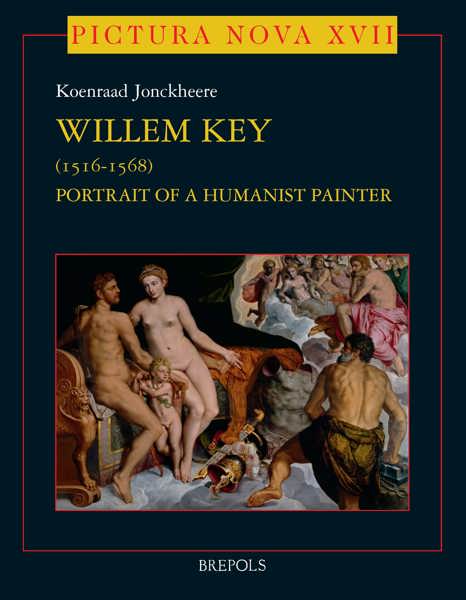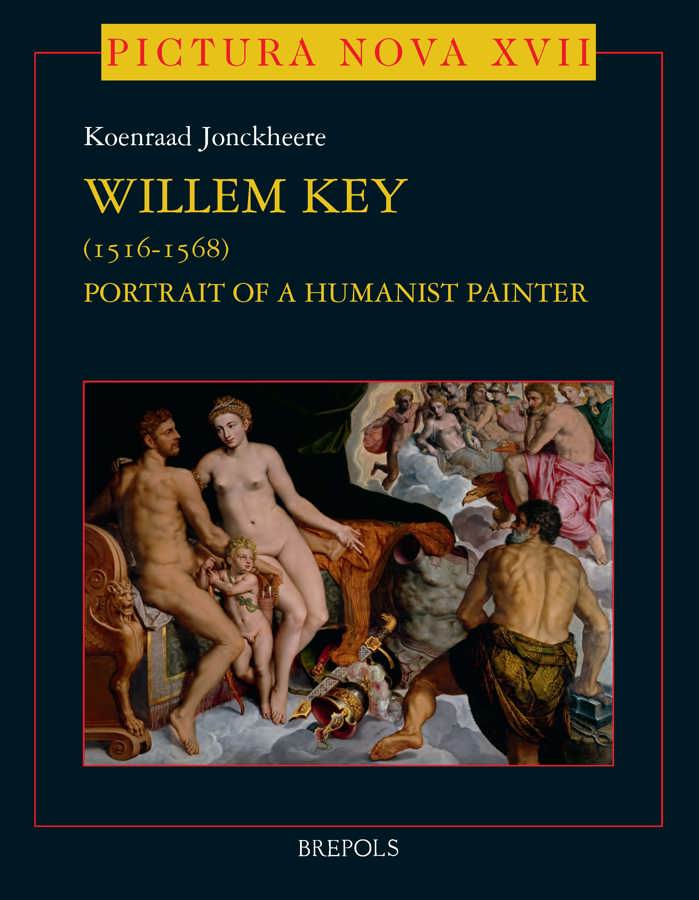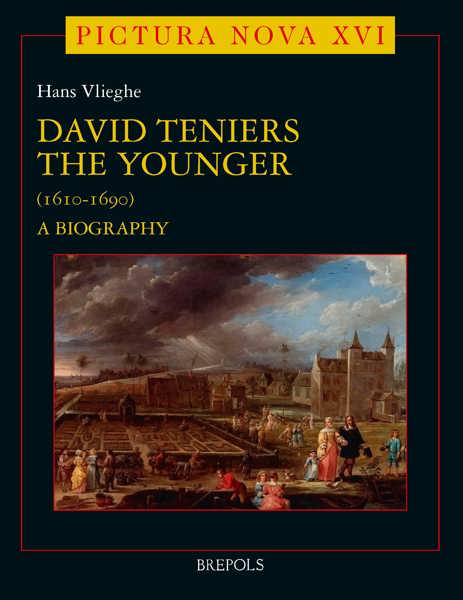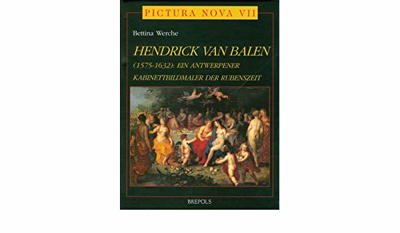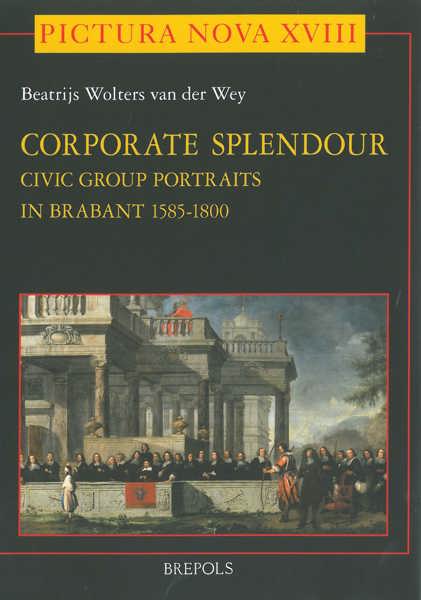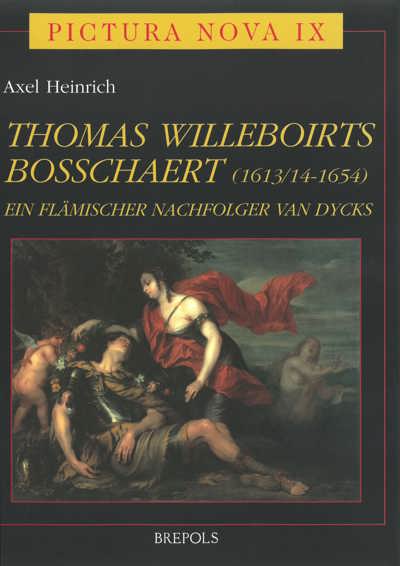
Willem Key (1516-1568). Portrait of a Humanist Painter
Koenraad Jonckheere
- Pages: 345 p.
- Size:190 x 250 mm
- Illustrations:50 b/w, 150 col.
- Language(s):English
- Publication Year:2011
- € 47,39 EXCL. VAT RETAIL PRICE
- ISBN: 978-2-503-53678-1
- Hardback
- Temporarily Out of Stock
"Jonckheere has produced an authoritative, thoughtful study of Willem Key that will likely remain the essential book on the artist." (D. Ewing, in: Historians of Netherlandish Art, www.hnanews.org/hna/bookreview/index.html, 2012)
"(...) a seminal addition to its field, bringing crucial arguments to our notions of Key and Northern antiquarian painting." (A. J. DiFuria, in: Renaissance Quarterly, Vol. 65, N°.1, Spring 2012, p. 208-209)
Willem Key was one of the leading portrait and history painters in sixteenth-century Antwerp. He was born in Breda in 1516. Following in his older brother Wouter’s footsteps, Willem went to Antwerp to become a painter. He studied under Pieter Coecke (1529) and later, like Frans Floris, apprenticed in the workshop of Lambert Lombard in Liège before becoming a free master in 1542. In 1568, just when he had reached the top of his abilities and enjoyed the patronage of outstanding individuals and institutions, Willem Key died suddenly. The artist’s biographer and painter Karel van Mander tells us that Key was blessed with ‘Sulcke edele gheesten,’ such a noble mind. And, he had a ‘Docta manus,’ a learned hand, as the Bruges humanist and painter Domenicus Lampsonius phrased this topos in 1572.
This is the first monograph to place Willem Key and his oeuvre in a historical framework. It demonstrates why the nobility, including the Duke of Alba and Cardinal Granvelle, considered him the best portrait painter of his day and why leading humanists viewed his many history paintings as eloquent visualizations of contemporary art theory. The reason why Willem Key’s peers regarded him as such an exceptional painter lay in his creative ability to do battle on an uneven playing field with the artists who had been to Italy. In his reconciliation of the Netherlandish tradition with the rapidly advancing Italian manner, Key grasped the spirit of the Renaissance as formulated by Alberti. The quintessence of Key’s art inspired numerous artists in his own time and later, including the grandmaster of the Baroque, Pieter Paul Rubens.
By shedding light on this amazing confrère of Pieter Bruegel, Pieter Aertsen, Anthonis Mor and Frans Floris and placing him in the highly complex and fascinating time he lived in, this monograph and catalogue raisonné of the art of Willem Key restores the artist to his rightful place in sixteenth-century Antwerp art.
The book also contains an appendix of the many new works by Adriaen Thomasz. Key that have been discovered since the publication of the catalogue of Adriaen's oeuvre in this same series in 2007.
